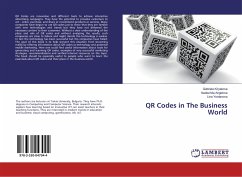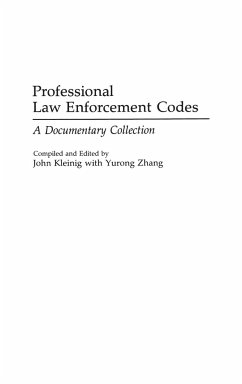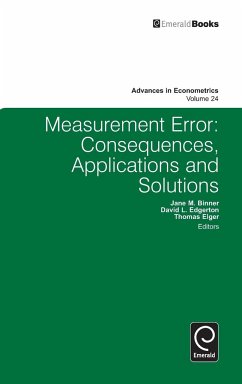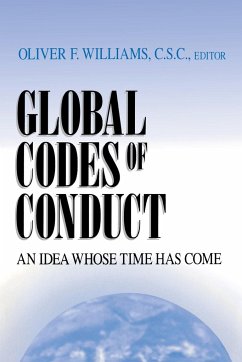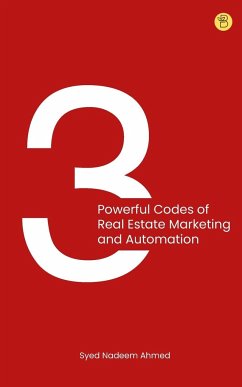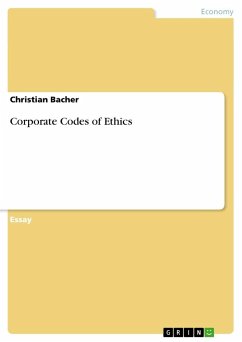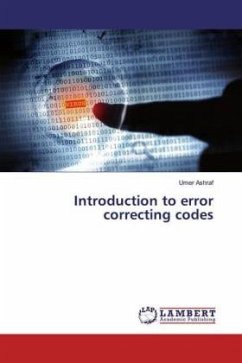
Introduction to error correcting codes
Versandkostenfrei!
Versandfertig in 6-10 Tagen
27,99 €
inkl. MwSt.

PAYBACK Punkte
14 °P sammeln!
Claude Shannon in his celebrated noisy channel coding theorem proved the existence of channel coding schemes that can achieve an arbitrarily low error probability as long as the information is transmitted across the channel at a rate less than the channel capacity. He did not specify how to design such codes which have rate close to capacity and that is where basically error control coding comes into picture. Hence the goal of error correction coding theory is to design codes that can achieve Shannon limit. Error control coding is introduced in a communication system to transmit information fr...
Claude Shannon in his celebrated noisy channel coding theorem proved the existence of channel coding schemes that can achieve an arbitrarily low error probability as long as the information is transmitted across the channel at a rate less than the channel capacity. He did not specify how to design such codes which have rate close to capacity and that is where basically error control coding comes into picture. Hence the goal of error correction coding theory is to design codes that can achieve Shannon limit. Error control coding is introduced in a communication system to transmit information from one end to the other at an acceptable rate and level of reliability and quality to user at the other end. Increasing power and channel bandwidth are not viable option .The practical option of changing the data quality from problematic to acceptable level is to use error control coding. In error control coding redundant bits are augmented with the message bits at the transmitter to providereliable communication over a noisy channel. A proper encoding and decoding strategy employing redundant bits and message bits improves the channel capacity much closer to Shannon's limit.



